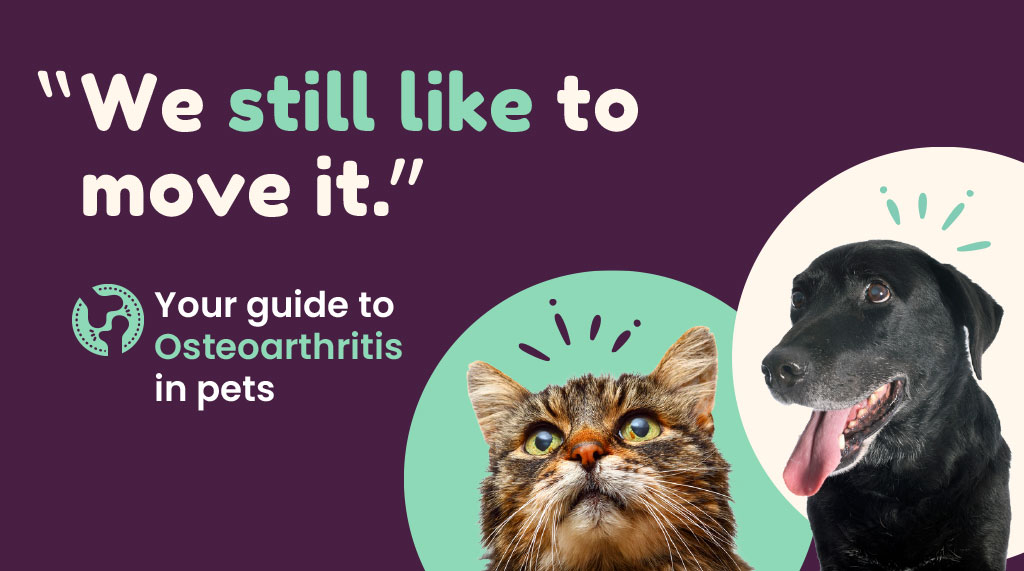Chocolate is a big no-no for our pets. While we enjoy its rich, sweet taste, it contains ingredients our dogs and cats can’t metabolise. If they sneak a bite, it can be harmful and potentially fatal for them. Familiarise yourself with the signs of chocolate poisoning and what to do if you suspect your pet has indulged in this tempting yet harmful treat.
Chocolate toxicity calculator
Find out the levels of theobromine and caffeine, two ingredients toxic to pets, in different types of chocolate with our chocolate toxicity calculator for dogs. Just enter your dog’s weight along with the type and quantity of chocolate consumed.
The culprits: Theobromine and Caffeine
Chocolate contains two ingredients that are toxic to pets: theobromine and caffeine. Theobromine accounts for the majority of chocolate-related pet poisonings. Different types of chocolate have varying theobromine levels. Here’s a rough breakdown:
- Unsweetened cocoa powder: Very high theobromine content
- Dark chocolate: High theobromine content
- Milk chocolate: Moderate theobromine content
- White chocolate: Low theobromine content
Why chocolate is so dangerous
When pets ingest theobromine and caffeine, it affects their central nervous system, heart, and gastrointestinal tract. The severity of symptoms depends on the type and amount of chocolate ingested and the pet’s size. Small pets are more vulnerable, as it takes less theobromine to cause harm.
Symptoms of chocolate poisoning
Keep an eye out for these symptoms if your pet has ingested any chocolate; they might appear within a few hours:
- Panting
- Salivation
- Restlessness
- Excitability
- Vomiting
- Diarrhoea
- Increased heart rate
- Increased thirst
- Increased urination
- Shaking/tremors
- Seizures
What to do if your pet eats chocolate
If you suspect your pet has eaten chocolate, act quickly. Follow these steps:
1. Contact your vet
Call your vet or an emergency pet clinic immediately. Provide them with the type and quantity of chocolate eaten, your pet’s weight, and the time of ingestion.
2. Do not induce vomiting
Contrary to some beliefs, inducing vomiting can be dangerous. Your vet will determine whether it’s necessary.
3. Treatment
Your vet may recommend inducing vomiting, administering activated charcoal to absorb toxins, intravenous fluids, and medications to manage symptoms.
Prevention is key
The best way to deal with chocolate poisoning is to prevent it. Keep all chocolate and cocoa-containing products out of your pet’s reach. Be extra careful during holidays like Easter and Christmas when there’s more chocolate around the house than usual.


